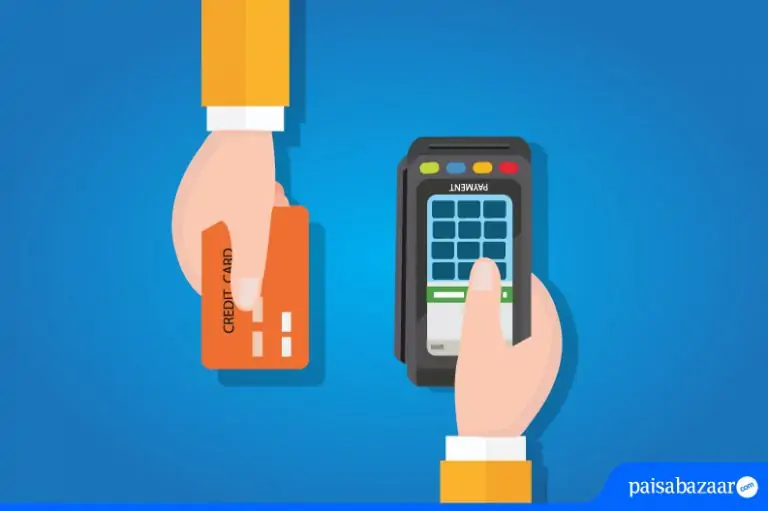

Cashless payments in India have been rising consistently over the past decade and ever since the demonetisation it has accelerated it significantly. Among the numerous cashless payment options currently available, debit and credit cards are definitely the modes of choice preferred by the urban youth of India.
Though many of us know how to use our credit cards for purchases, a much fewer number actually understand all the terms related to it. In the following section, we will discuss 6 common credit card terms that every user must know.
1. Credit Limit
- This is the maximum amount that you can spend on your credit card via POS swipes and online purchases in a billing cycle
- Your credit limit is liable to change periodically based on your usage pattern and repayment history. In case you have paid your earlier credit card bills on time, the credit card issuer may decide to increase your credit limit
- Alternately, they may decrease your credit limit if you have made multiple late payments on your credit card bill or have not settled credit card debt in the past
2. Cash Advance
- This is a feature using which you can withdraw cash using your credit card at select ATM machines in India or abroad
- The cash advance is usually only a portion of the card’s assigned credit limit and must not be used unless it is an emergency. Cash advances incur two separate charges – a cash withdrawal charge (a flat fee) plus a cash advance interest rate charge which is calculated daily from the day of cash withdrawal onwards
- Cash advance interest rates are very high and can easily range from 3.5% to 5% every month on the outstanding cash withdrawal amount. This translates to annual interest rates of 42% to 60%
3. Over Limit Charges
- In case you make a transaction that exceeds the credit limit assigned to your card, some card issuers do not decline the transaction but place an over-limit charge on your account
- This is usually a flat fee that will appear on your subsequent card statement. However, overcharging your card will show up on your credit report and can adversely affect your credit score
4. Annual Percentage Rate (APR)
- This is the annual interest rate that is charged by your credit card company on any unpaid balances that you might have on your credit card
- This specifically refers to the interest rate chargeable on swipe or on online transactions in case you have not paid off the amount in full by the due date
- Usually, credit card interest rates are shown in the monthly rate format i.e. 2% per month which refers to an APR of 24%
5. Revolving Credit
- The short definition is a credit limit that keeps getting renewed every time the outstanding debt is paid off. Let’s explain how it works with an example.
- Suppose you have a credit card with a limit of Rs. 50,000 and at the end of the billing cycle, you have Rs. 20,000 outstanding on the card.
- If you pay off the entire amount, the limit that you can use on your credit card will once again be Rs. 50,000.
- If you pay only Rs.5000 of the outstanding Rs.20000 your available limit will drop to Rs. 35,000 from the original limit of Rs. 50,000.
- In legal terms, revolving credit refers to a contract between you and the card issuer that you will make payments in part or full every time a bill is generated in order to use the credit facility offered by the card.
6. Chargeback/Disputes
- In case you find an error in your monthly statement such as a transaction that you did not make, you have the option of initiating a chargeback or dispute.
- This procedure ensures that the card issuers revert (put back) money in lieu of a transaction (charge) that failed or were carried out by an unauthorized card user.
- Knowing your card issuer’s chargeback and dispute resolution procedure can be a great help to you in case of billing discrepancies.
It is to bring to your notice that besides these 6 terms there are other common credit cards terms as well such as annual fee, credit score, credit report, grace period, etc.